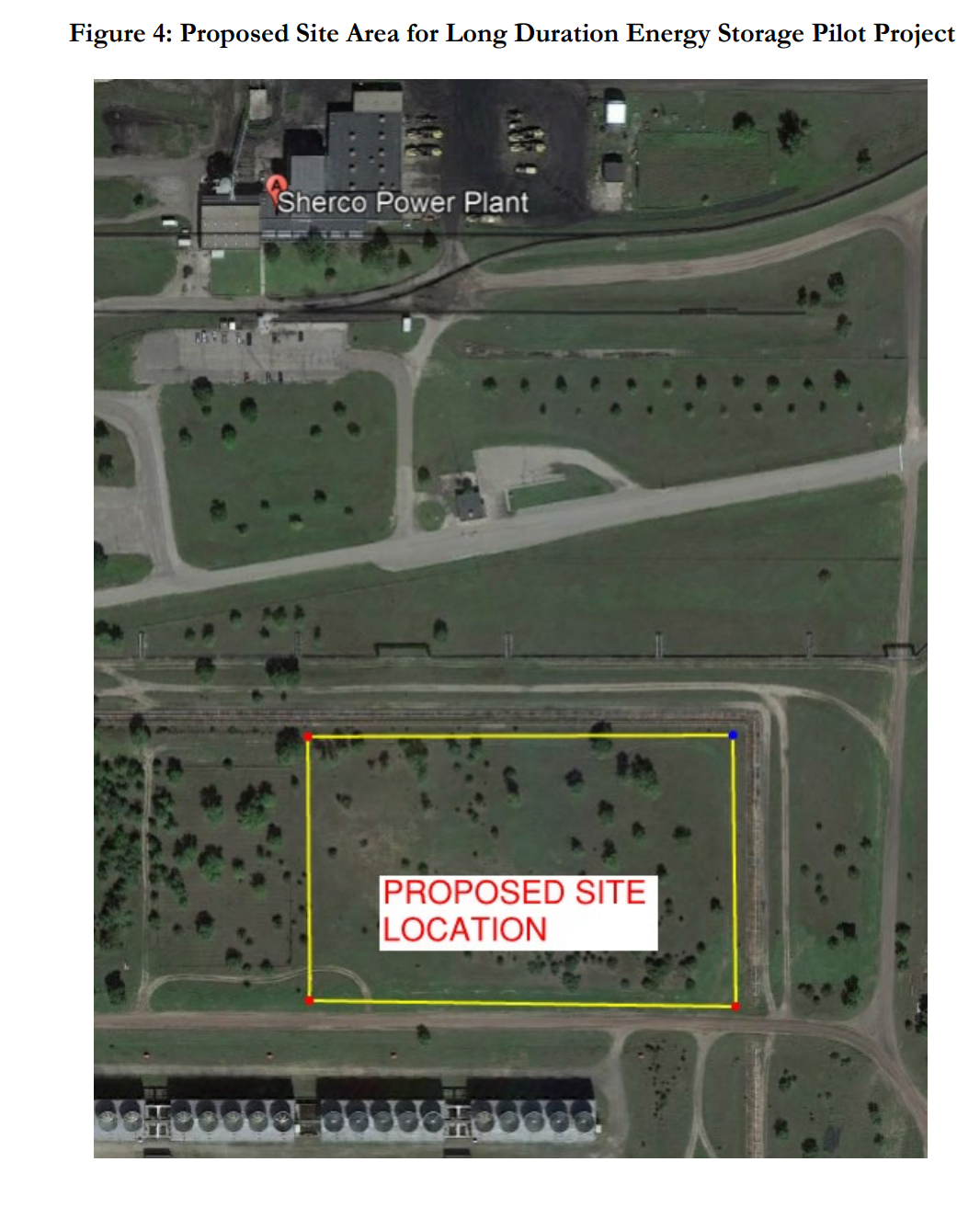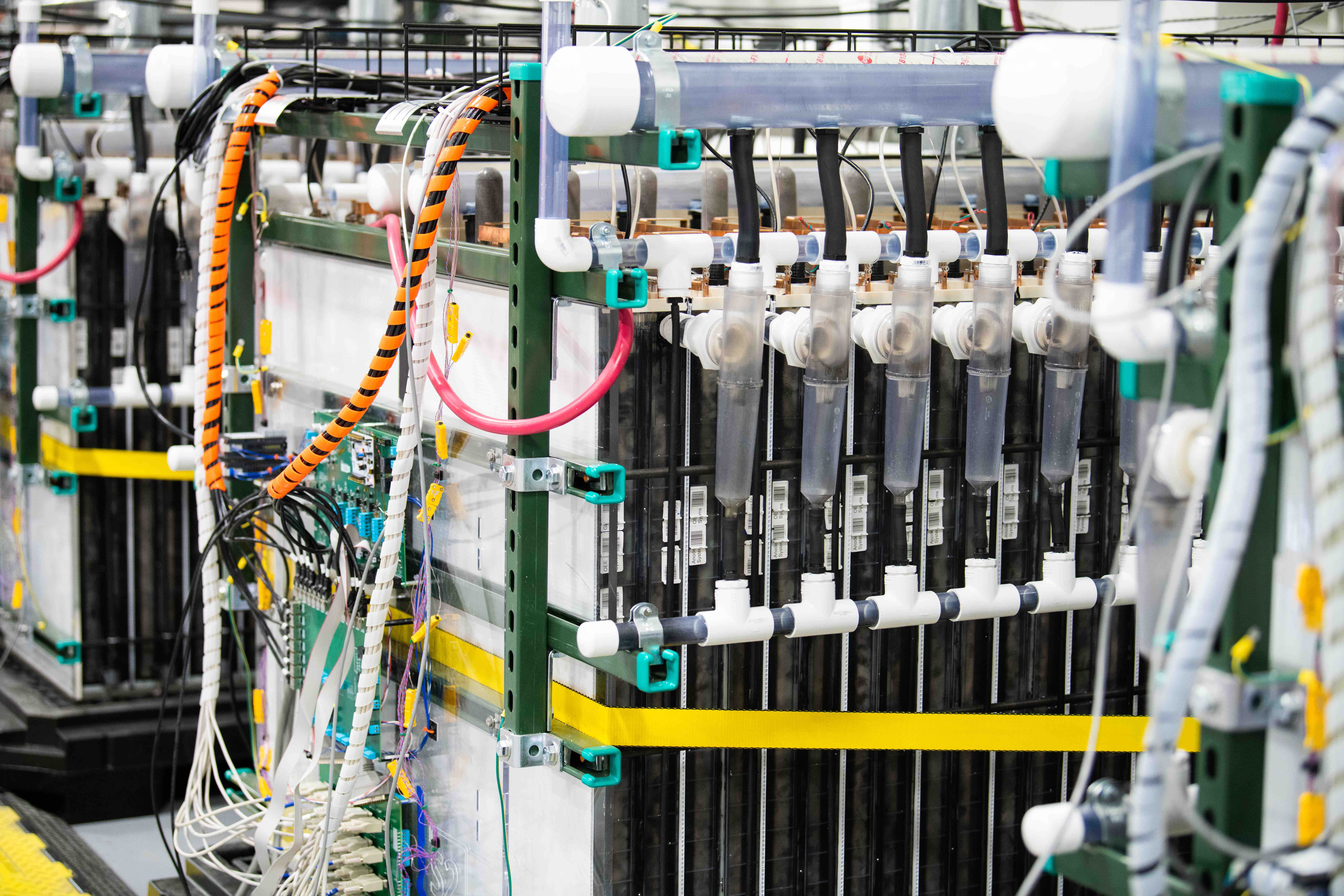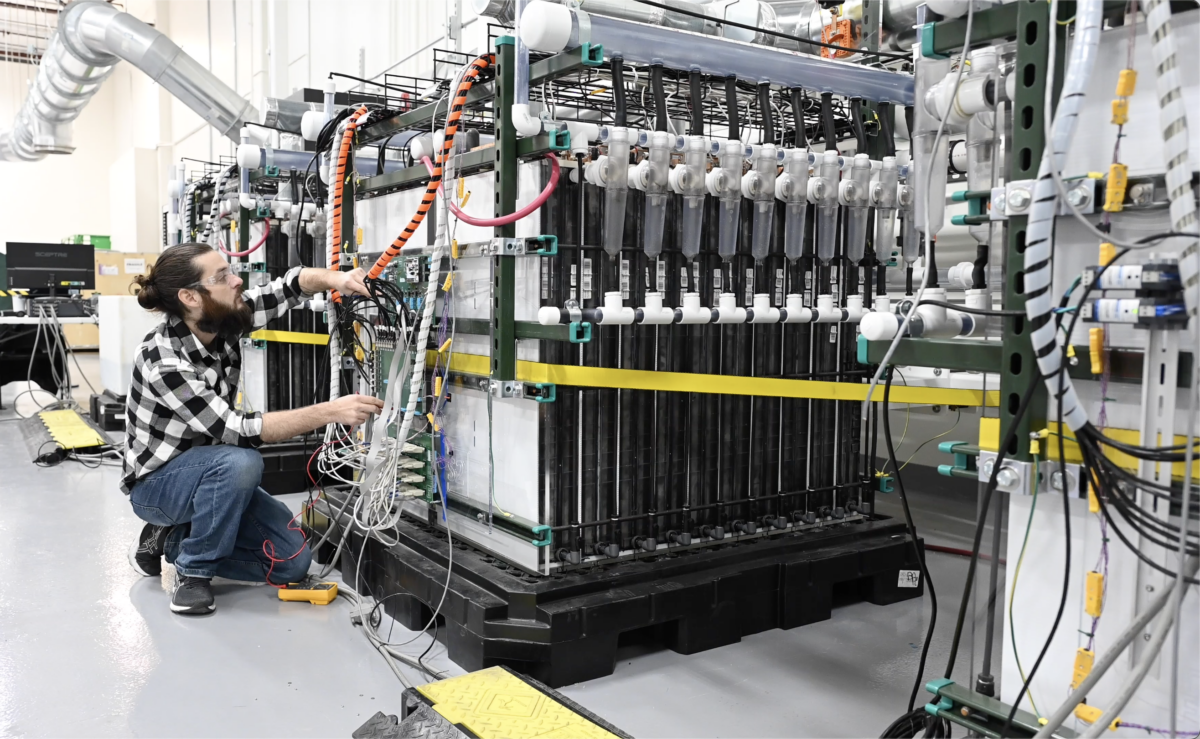The Minnesota Public Utilities Commission (PUC) has approved Form Energy’s construction of a 10 MW/1 GWh iron-air long-duration energy storage facility for Xcel Energy. It is slated to be built on the site of the former Sherburne County Generating Station, also known as Sherco, which is a coal-fired generating plant on the banks of the Mississippi River. The project will replace a facility previously capable of delivering over 2.2 GW of coal-generated power.
Xcel plans to start construction in mid-2024, aiming to bring the site online by mid-2025.

The project proposal submitted to the Minnesota PUC is largely redacted, concealing many details, including specific cost information, from the public. This is somewhat ironic given the “Public” nature of the utilities commission.
The filing does disclose that the project’s location on a brownfield/coal site qualifies it for an additional 10% tax credit adder under the Inflation Reduction Act. Furthermore, the filing implies that the project might also be eligible for a 10% domestic content tax credit adder, as Form Energy has expressed commitment to ensuring their product’s qualification.
In a recent development, Form Energy announced the establishment of a manufacturing facility in West Virginia.
According to a different Minnesota PUC docket, a white paper from Form Energy (Docket No. ET-2/RP-22-75) prepared as part of the slower-progressing Cambridge Energy station, provides insights into the cost inputs for the financial modeling tools (see table below).
Form Energy estimates the cost of iron-air energy storage hardware, under the “All-in Capital Cost,” to be between $1,700 and $2,400 per kW, with operating costs of $19/kW per year.

Although the hardware costs are two to three times higher due to its unique nature (100-hour battery capacity), Form Energy projects the operating costs to be less than half of those for eight-hour lithium-ion batteries.
However, Form Energy adds a caveat, noting that, “Cost assumptions used for iron-air in this analysis are representative, and should not be considered to be indicative of Form Energy’s pricing for commercial projects in 2030.” Meanwhile, the lithium-ion costs are sourced from the National Renewable Energy Laboratory’s 2022 Annual Technology Baseline.
The company also forecasts that it aims to offer capacity at $20/kWh.
In Form Energy’s 2020 Best Modeling Practice Study, the company suggests new approaches to energy resource optimization, utilizing two different modeling techniques: time-sampled and co-optimization methods.

The time-sampled method uses a comprehensive set of 120 hours from different seasons and peak days, based on the Regional Energy Deployment System model, to understand the potential impact of time sampling in large-scale energy systems. Meanwhile, the co-optimization method explores various scenarios, such as varying wind conditions, high gas costs, high demand, and transmission constraints. This approach employs the open-source tool, Renewables Ninja, to simulate wind production profiles and imposes ‘lost load’ penalties when demand is not met.
Furthermore, Formware, a capacity expansion and economic dispatch model, is used to calculate the most cost-effective mix of assets and operational strategies. Through these innovative techniques, the research aims to offer a more realistic cost perspective and improved resource optimization in energy systems modeling.
This content is protected by copyright and may not be reused. If you want to cooperate with us and would like to reuse some of our content, please contact: editors@pv-magazine.com.








100 hour batteries can never be viable as only at best at 200 hours/cycle/8 days, at best 50 cycles/yr. At $19/kwh/yr running cost, is a huge money loser as 50x $.10/kwh is only $5
And since can’t discharge fast, it can’t make peak price as most of it’s discharge has to be off peak.
This is basic math no one is doing proves these are scams.
The $19 is per kW, not kWh